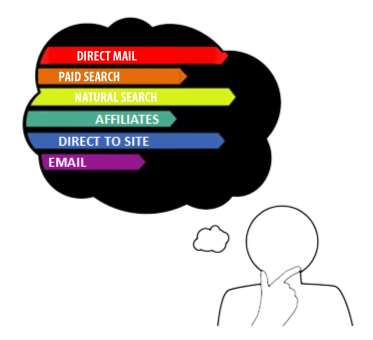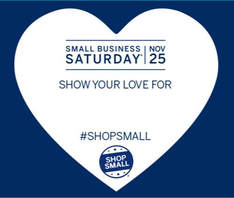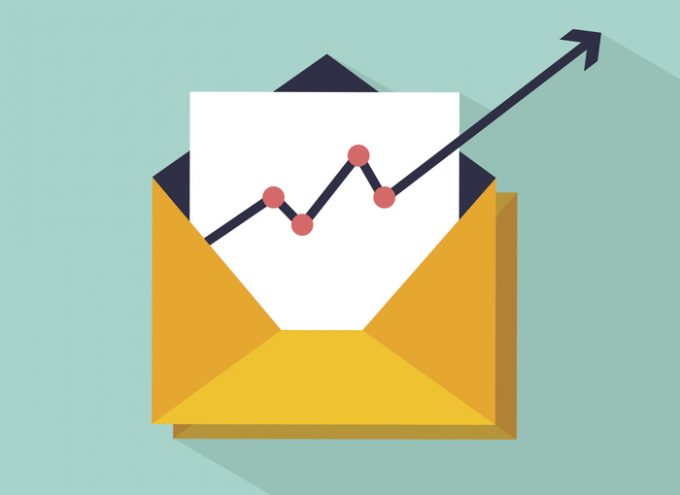Understanding Where Your Sales Are REALLY Coming From: First Touch vs. Last Touch Attribution10/4/2017  We take our role as your Marketing Advisor seriously. Here at Valpak of N. Colorado and S. Wyoming, we want to ensure your Valpak campaign engages consumers and motivates them to do business with you. To do this, it is important for our clients (and for us) to understand where their sales and conversions are coming from, and lately, this leads to a discussion about first and last touch attribution. First Touch vs. Last Touch Attribution First Touch Attribution gives 100% of the credit to the marketing effort that drove a visitor to your site or store for the first time. Conversely, Last Touch Attribution gives all the credit to the marketing activity that immediately precedes the sale or conversion. The Misunderstanding Marketers and business owners tend to rely heavily on built-in tools like Google Analytics and Google AdWords to determine where in the marketing funnel their sales and conversions are coming from. Less tech-savvy business owners may even rely on their receptionist to ask a consumer where they heard about the business. These methods usually end up crediting the last piece of advertising served to the shopper before they made a purchase, clicked on a link, or picked up the phone. The problem with last touch attribution is that it tends to oversimplify the marketing process and and can undervalue important awareness channels. Awarding all the credit to the last marketing piece served to a consumer before they made a purchase is kind of like declaring the winner of a basketball game the team that scored the last basket, regardless of who had the highest final score! Our Marketing Advisors appreciate the clients who dedicate time to track their coupons, phone calls and online conversions, but sometimes they fall into the “last touch trap” and end credit other online sources for their transactions while discounting their Valpak print piece. The Reality While a customer may tell you they found you online, ask yourself how they decided to choose you. A customer cannot buy from you if they don’t know you exist! So, before you write off any marketing piece not directly correlated to a sale, remember: a lead may interact with your company multiple times before converting. Relying too heavily on the last click or view can discount valuable marketing pieces that helped lead to the conversion! Ultimately, no purchase or conversion is exclusively attributable to a single advertising channel. Every channel, from direct mail to radio to search or display, needs to work together to move a consumer through the marketing funnel. For help creating and coordinating your print and online advertising to help get consumers to notice you, choose you, and spend money with you, contact your Valpak Marketing Advisor today.
0 Comments
 For the 5th consecutive year, small businesses in northern Colorado and Southern Wyoming will have an exclusive opportunity to use Shop Small / American Express branded marketing solutions through Valpak! Shop Small is a nationally recognized movement dedicated to supporting and celebrating businesses and the neighborhoods they’re part of. Customers look for the Shop Small logo to see where they can Shop Small and support small businesses — like yours, year round! As an official partner, Valpak has some fun (and FREE) Shop Small swag that we are more than happy to share with you! We also encourage any of our clients who accept American Express to go here to create your own FREE marketing materials to let shoppers know you’re a Shop Small participant and to join you on November 25 for Small Business Saturday. For more information about Shop Small and how to get some free swag, please let your Valpak Marketing Advisor know. Social media advertising has increased exponentially in the last two years, and it shows no signs of slowing down. As social media platforms respond to demand from advertisers, it’s important that small businesses understand the options and choose the platform(s) that best fits their marketing goals. We’ve put together some social media advertising tips to help you make good decisions when setting your small business social media marketing goals and deciding on an effective social strategy for your business. Social Media Advertising and Its Growing Popularity Worldwide, between 2014 and 2016, social media advertising budgets doubled, growing from $16 billion to $31 billion. By the end of 2017, it’s expected to increase by another 26%. According to Forbes, four million small businesses were advertising on Facebook in 2015. As social media’s impact continues to grow it can’t be denied that social advertising is a vital way to support your multi-channel and omnichannel marketing strategies. Social media advertising allows for brand personalization, loyalty, engagement, and data analytics—all important components of a multi-channel and omnichannel marketing strategy. Social Media Advertising Platforms for Small Business |
|
Valpak® of N. Colorado & S. Wyoming
1300 Oakridge Drive, Unit 130 Fort Collins, Colorado 80525 970-223-6245 |
Website by Canopy Creative Marketing. Copyright © 2022. Valpak of Northern Colorado and Southern Wyoming . All Rights Reserved.






